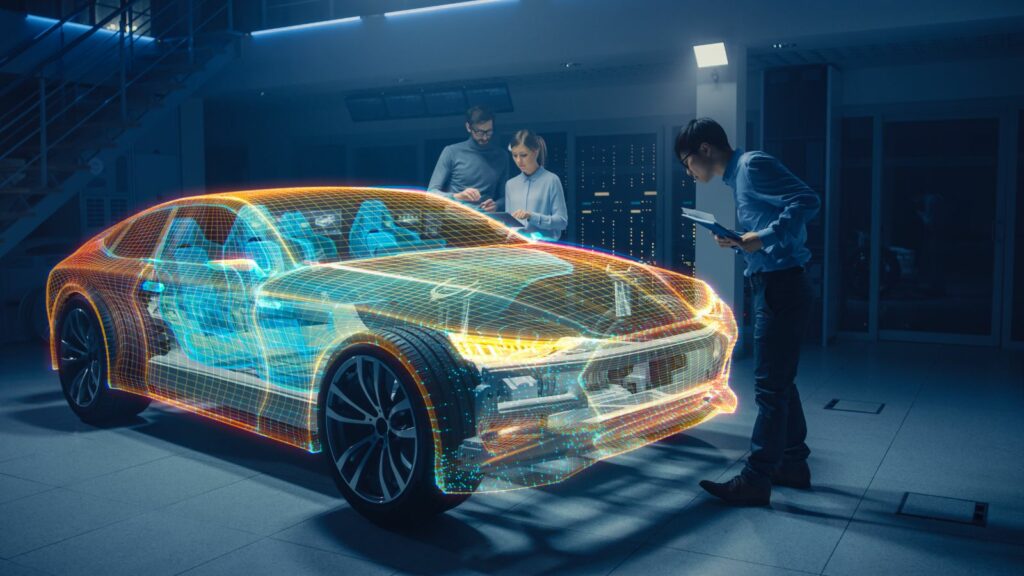The world of automobiles is changing fast. From advanced safety features and autonomous driving technology to eco-friendly powertrains and cutting-edge connectivity, these advancements are enhancing performance and comfort and setting new standards for sustainability and efficiency. Here are 14 innovations that are changing driving.
Self-Driving Cars
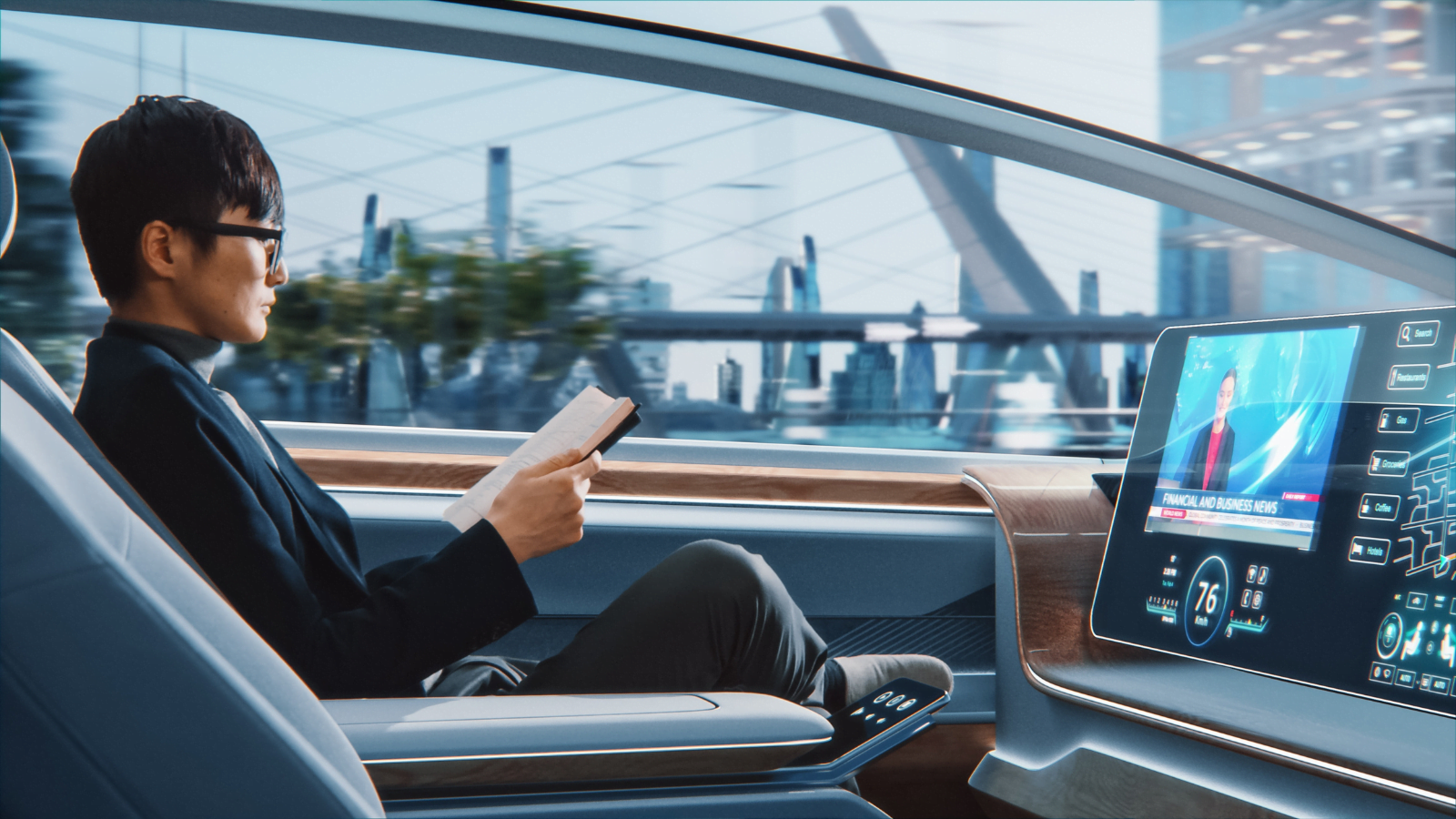
Self-driving cars are one of the most significant changes in the automobile industry. Companies like Tesla and Waymo are creating cars that can drive themselves using cameras, sensors, and advanced software. These cars can navigate roads, avoid obstacles, and follow traffic laws without human intervention. The potential benefits include reduced traffic accidents, lower transportation costs, and increased accessibility for those who cannot drive a car.
Electric Vehicles (EVs)

As environmental concerns grow, electric vehicles are getting more popular. Companies like Tesla, Nissan and Chevrolet are leading the charge with EVs that can travel long distances on a single charge and recharge quickly. EVs produce zero emissions, reducing air pollution and reliance on fossil fuels. Since they have fewer moving parts, they are more affordable to operate and maintain.
Driver Assistance Systems
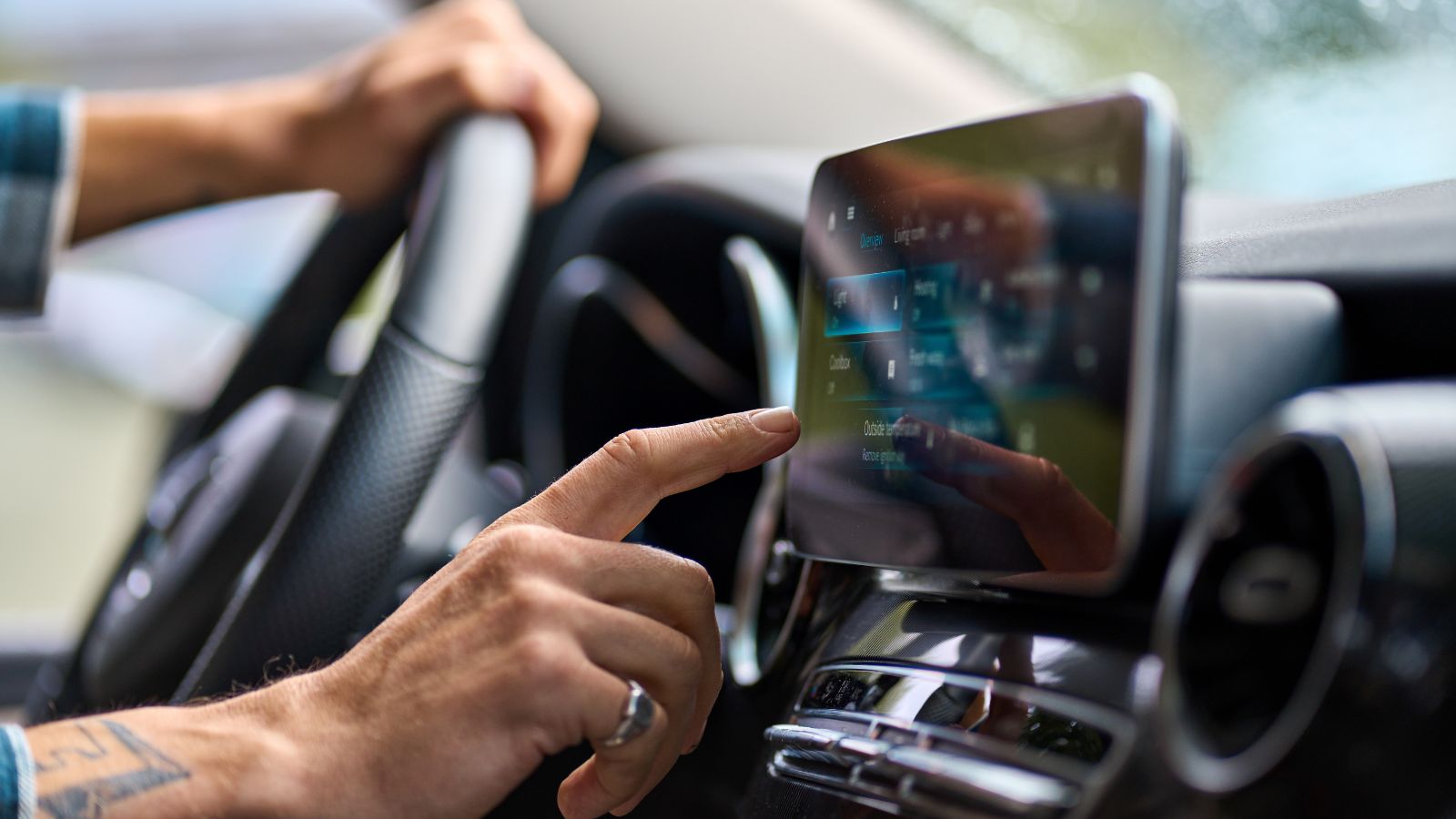
Modern cars have advanced driver assistance systems (ADAS) that enhance safety and convenience. Features such as adaptive cruise control, lane-keeping assist, and automatic emergency braking help drivers avoid collisions and stay in their lanes. These systems use a combination of cameras, radar, and other sensors to monitor the vehicle’s surroundings and intervene when necessary. ADAS can significantly reduce the likelihood of accidents and make driving less stressful.
Connected Cars
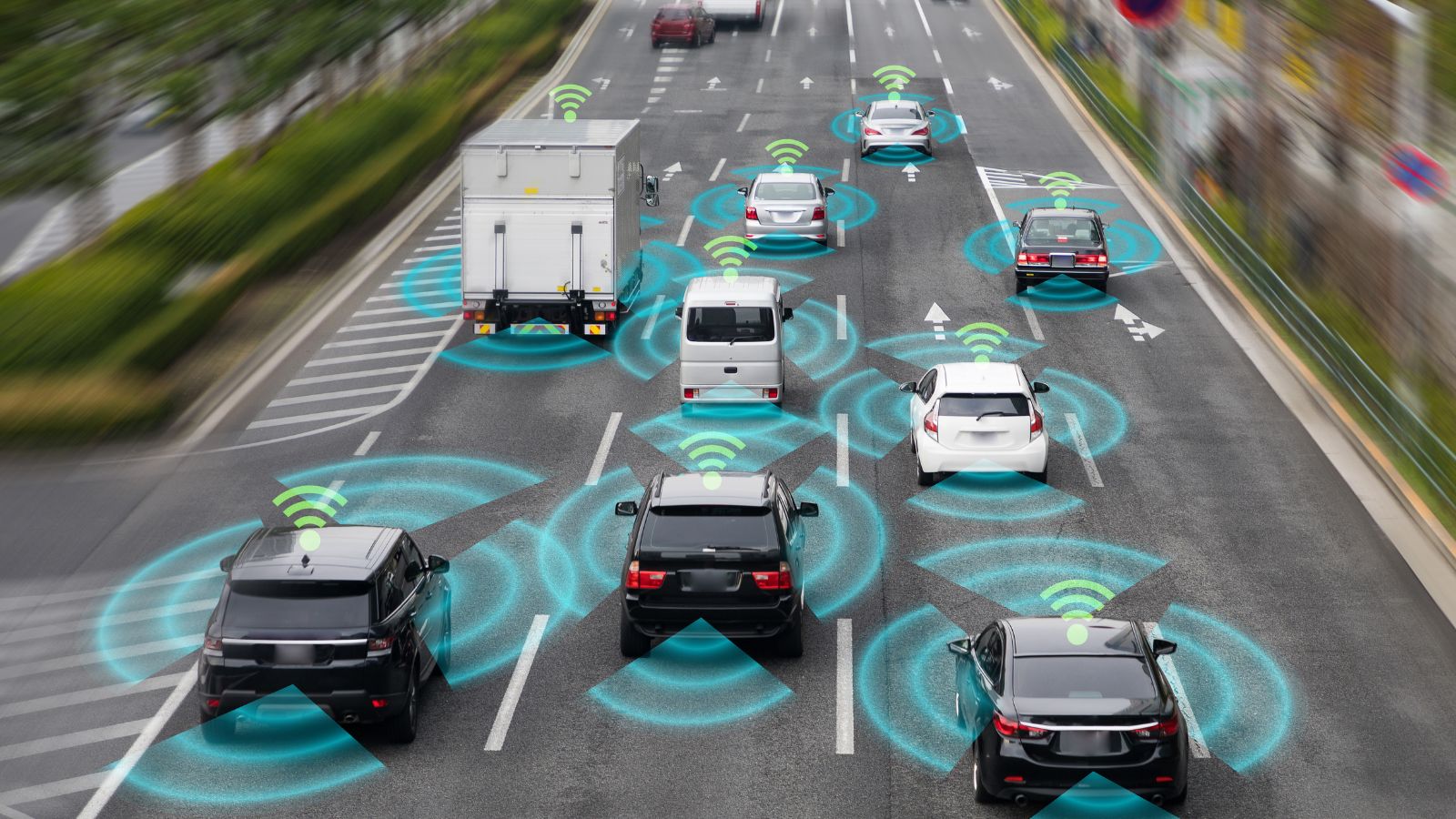
Connected cars have internet access and can communicate with other vehicles and infrastructure. This connectivity allows real-time traffic updates, remote diagnostics, and software updates. Drivers can receive alerts about road hazards, traffic jams, and weather conditions, helping them make better decisions on the road. Additionally, connected cars can integrate with smart home systems, allowing drivers to control home devices directly from their vehicles.
Augmented Reality Dashboards
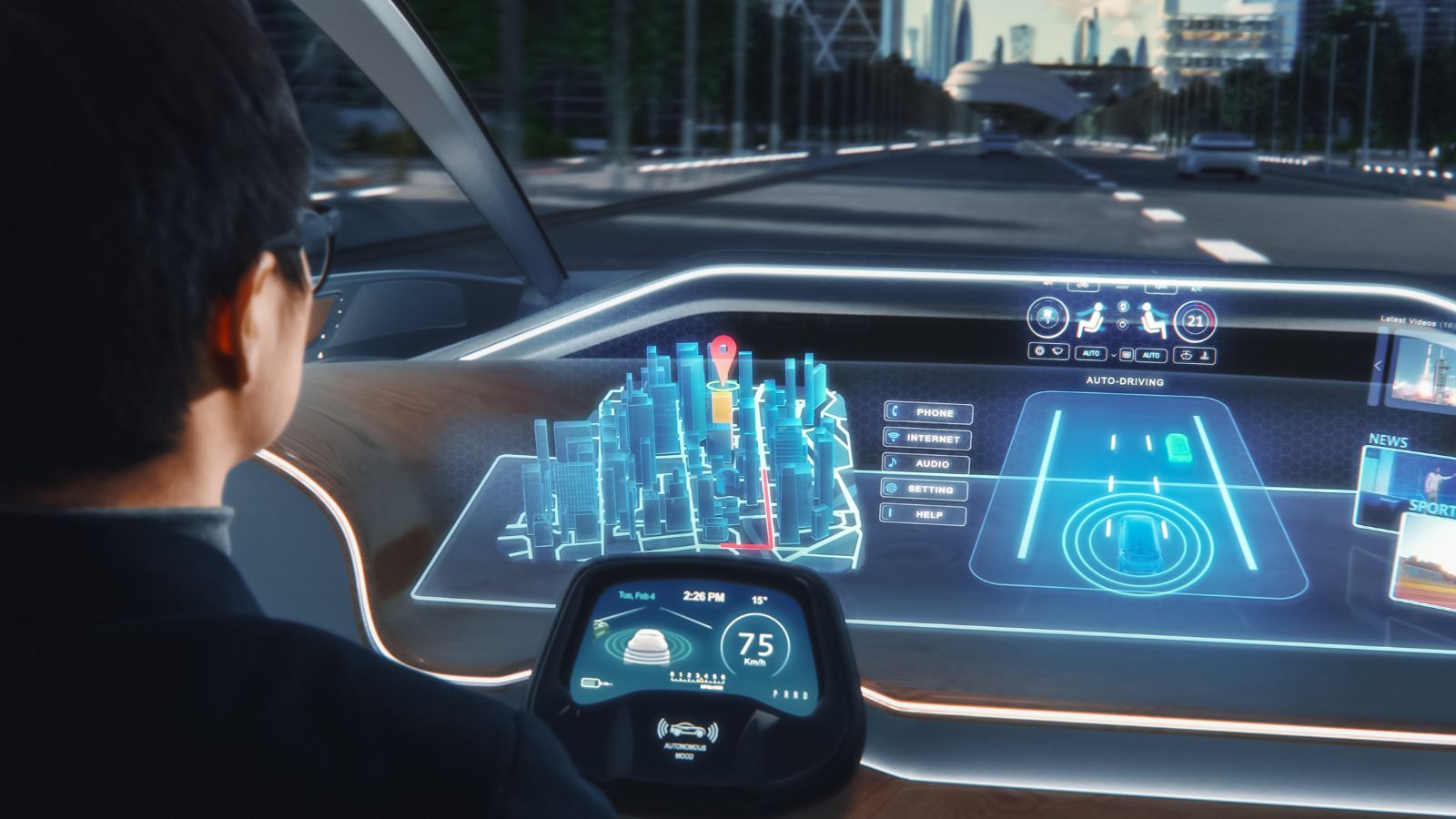
Augmented reality dashboards project information onto the windshield, creating a heads-up display for the driver. This technology provides essential data, such as speed, navigation directions, and safety warnings, without requiring the driver to look away from the road. AR dashboards enhance situational awareness and reduce distraction, making driving safer and more intuitive.
Car to Car Communication
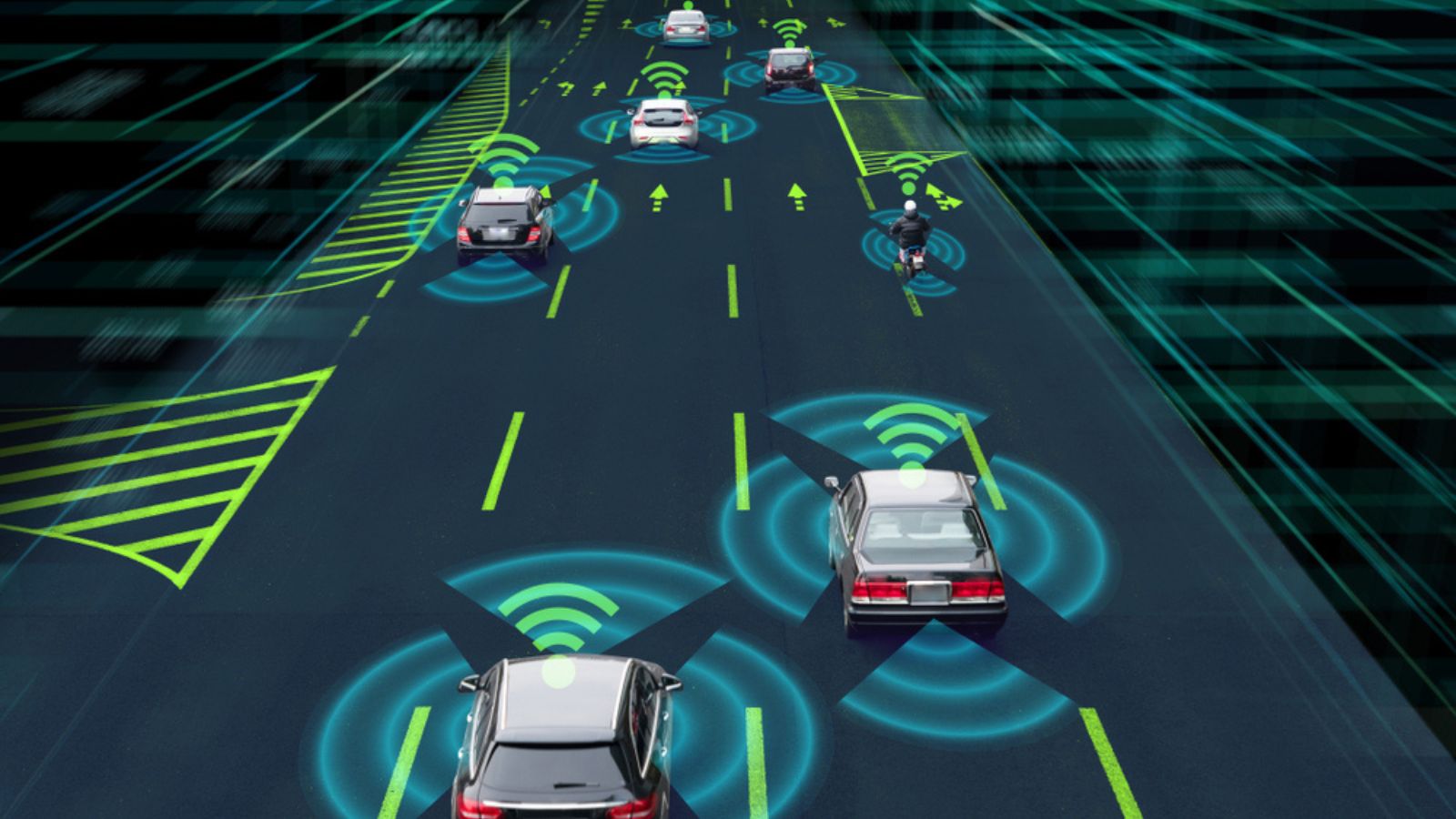
Car-to-car communication, also known as vehicle-to-vehicle communication, allows cars to share information about their speed, position, and direction with other vehicles nearby. This technology can help prevent collisions by alerting drivers to hazards and improving intersectional coordination. V2V communication can also enhance traffic flow by optimizing traffic signals and reducing congestion.
Biometric Access
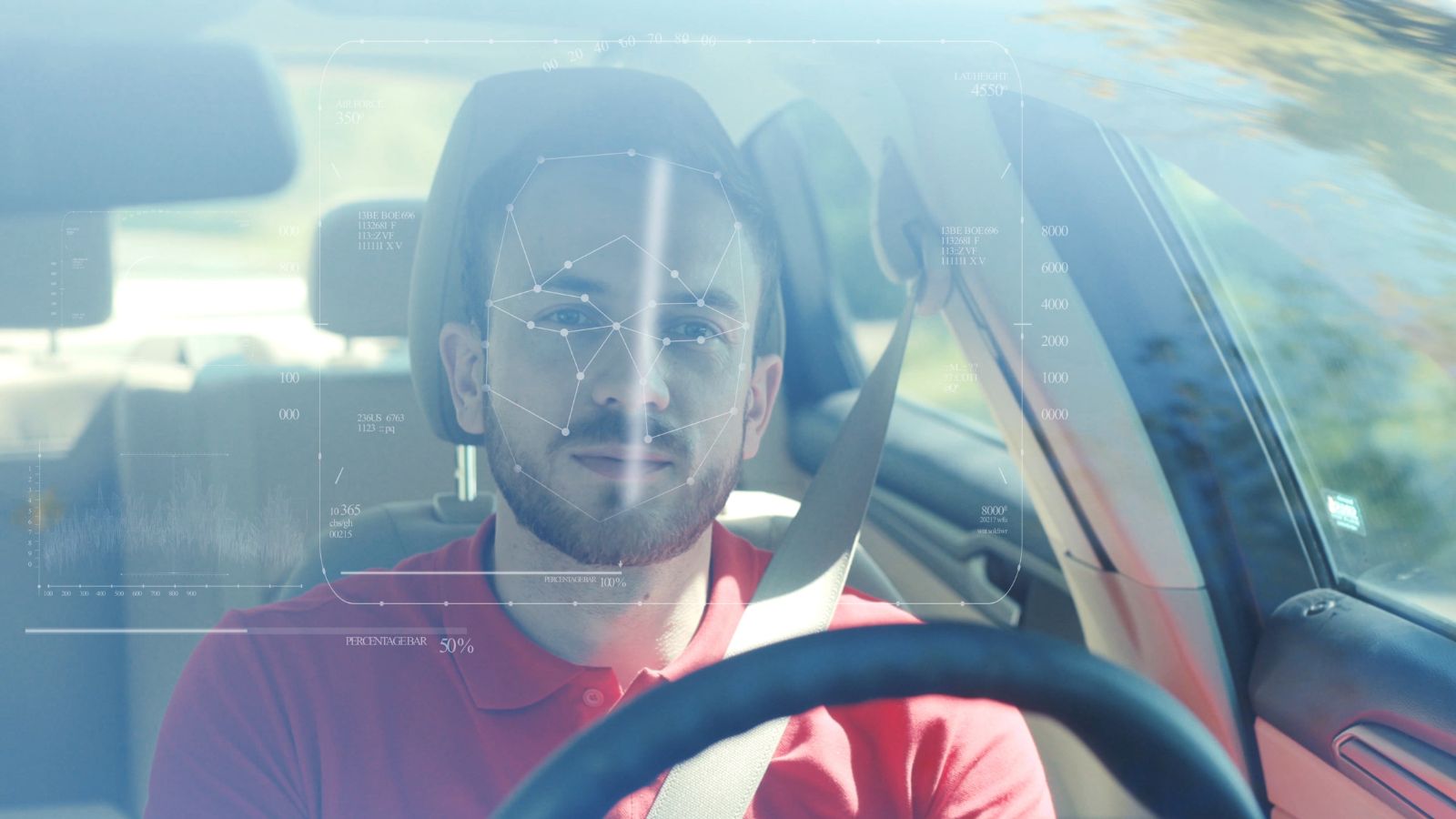
Biometric access uses unique biological traits, such as fingerprints, facial recognition, or iris scans, to unlock and start vehicles. This technology increases security by making it difficult for unauthorized individuals to access the car. Biometric access can also personalize the driving experience by automatically adjusting settings like seat position, mirrors, and climate control based on the driver’s preferences.
Wireless Charging
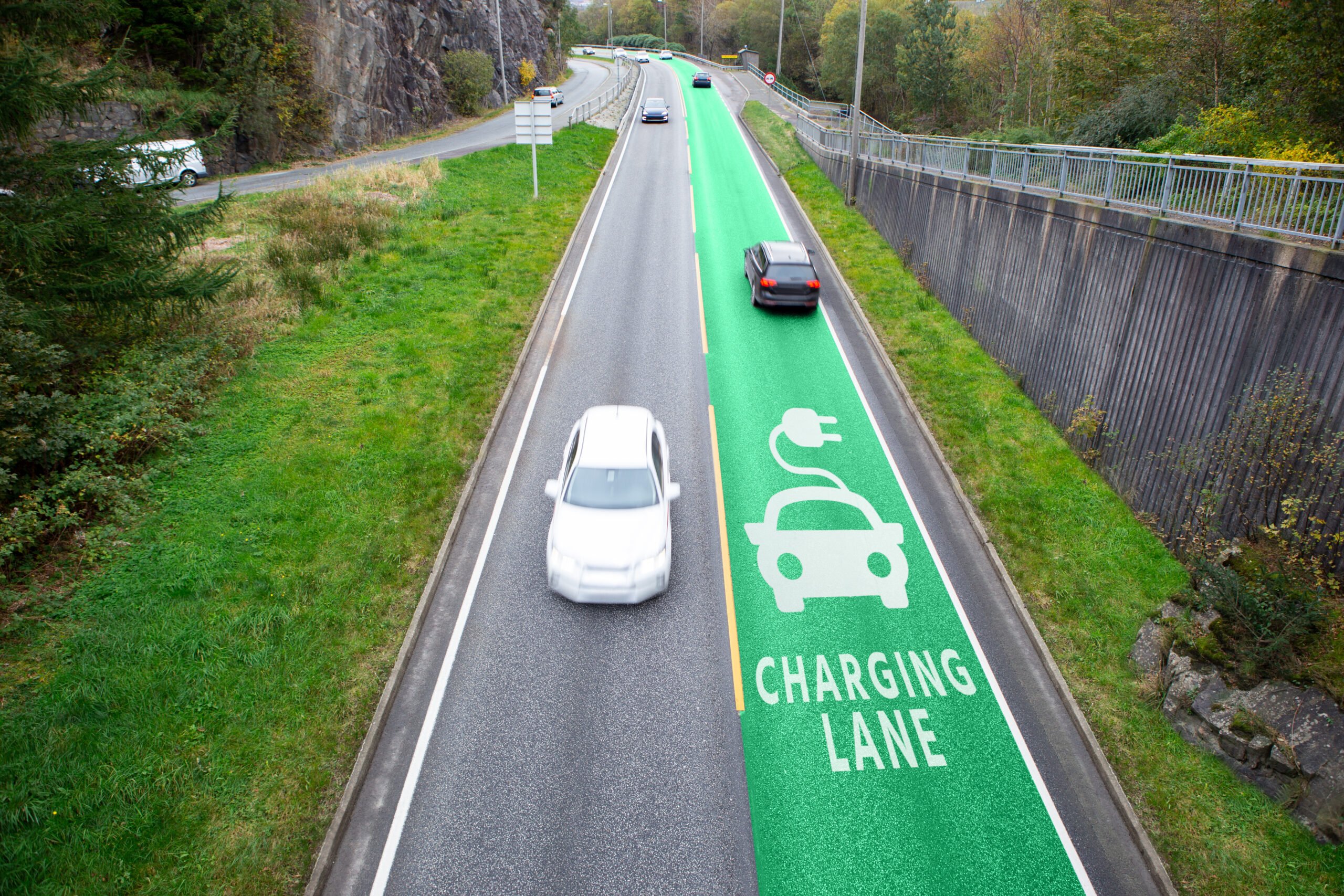
Wireless charging for electric vehicles is becoming a reality, offering a convenient alternative to traditional plugin charging. Drivers can park their EVs over a charging pad, and the vehicle will automatically start charging without the need for cables. This technology can be implemented in public parking lots, garages, and even driveways, making it easier to keep EVs charged and ready to go.
Solar-Powered Cars
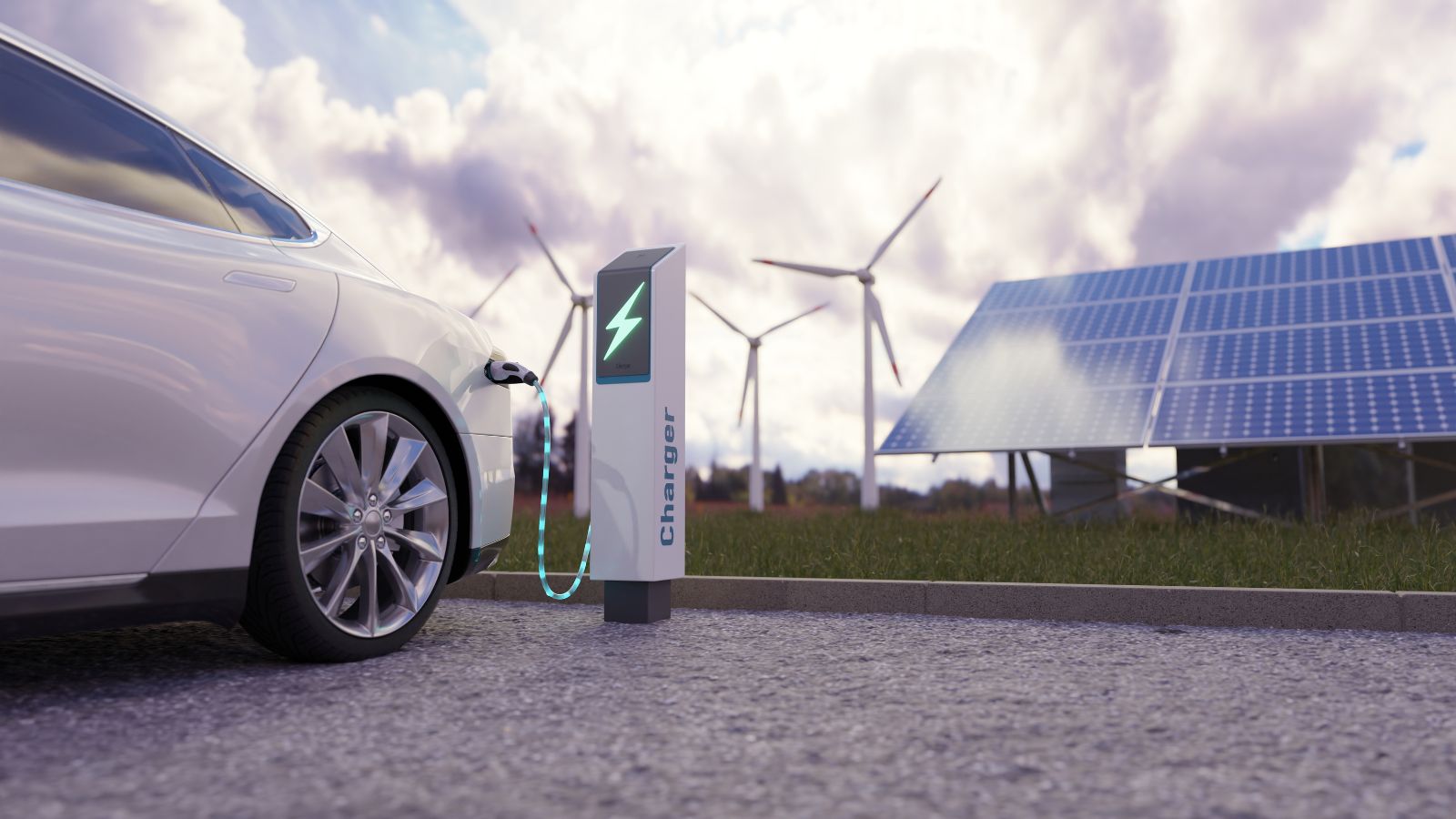
Solar-powered cars use photovoltaic panels to convert sunlight into electricity, extending the range of electric vehicles and reducing the need for charging. Companies like Lightyear and Aptera are developing vehicles with integrated solar panels that can generate significant amounts of energy. While solar power alone may not be sufficient to fully charge an Electric Vehicle, it can provide a useful supplement, especially in sunny regions.
Smarter Navigation
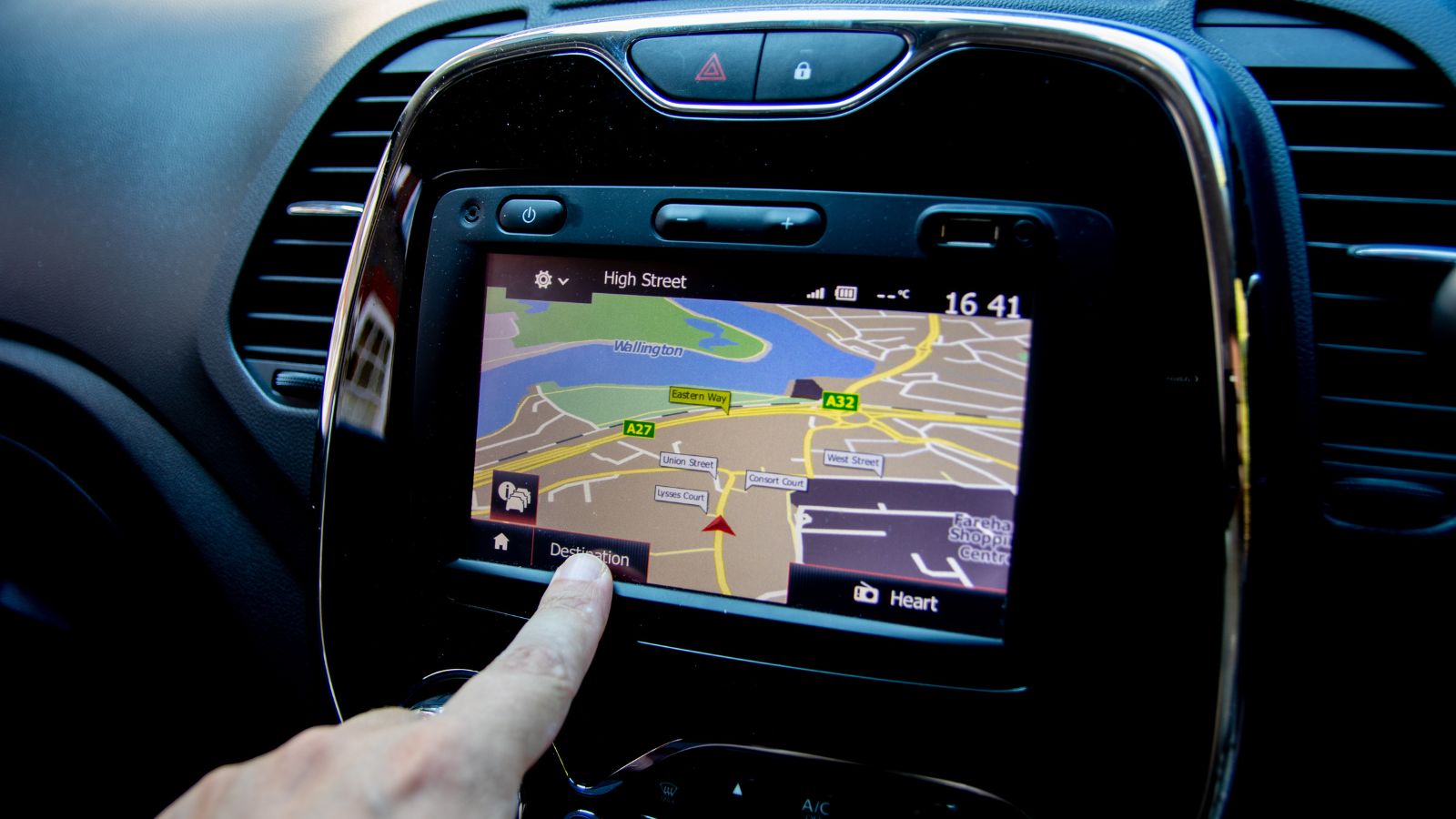
Navigation systems are becoming more intelligent, using real-time data and advanced algorithms to provide better route planning. These systems can predict traffic patterns, suggest alternative routes, and learn drivers’ habits to offer more personalized guidance. Smart navigation helps drivers avoid traffic jams, reduce travel time, and improve fuel efficiency by optimizing routes.
Regenerative Braking

Regenerative braking recovers and stores energy that would otherwise be lost during braking. This is especially beneficial for electric and hybrid vehicles, increasing their efficiency and extending their range. Regenerative braking can also improve braking performance and reduce wear on brake components lowering maintenance costs.
Car-to-Home Integration

Car-to-home integration allows vehicles to communicate with smart home devices, enabling drivers to control various aspects of their homes from their cars. This has made life easier for corporate workers. For example, drivers can use their car infotainment system to adjust the thermostat, turn on lights, or open the garage door. This connectivity enhances convenience and provides a seamless transition between home and car.
3D Printing

3D printing is revolutionizing the production of car parts by allowing electric vehicle companies to create complex components quickly and cost-effectively. This technology enables customization, allowing drivers to personalize their vehicles with unique designs and features. 3D printing also reduces waste and can shorten the development time for new car models, leading to faster innovation in the auto industry.
Self-Healing Paint
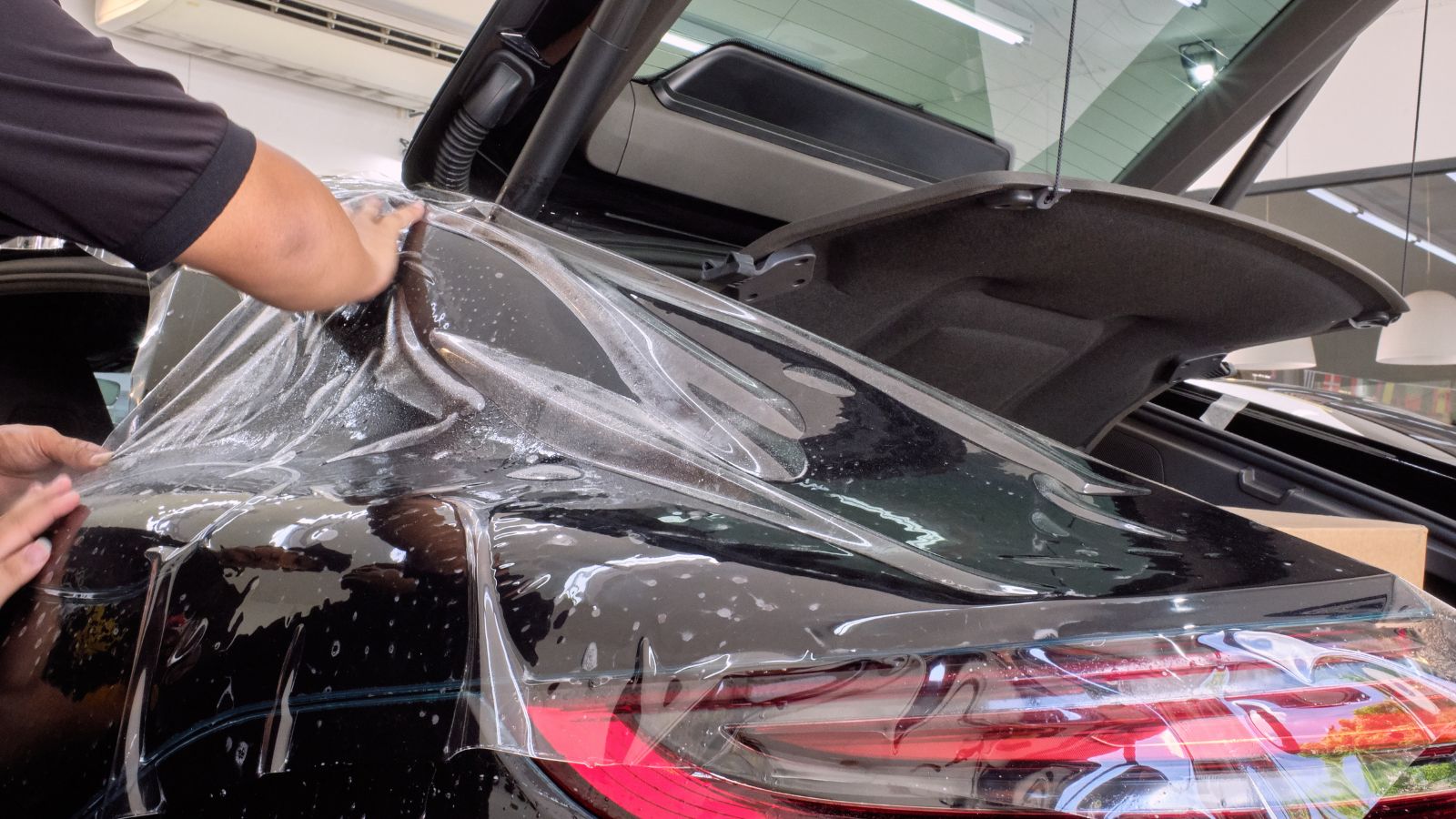
Self-healing paint can repair minor scratches and dents on a car’s surface. This feature makes a significant difference in keeping the car new for a longer duration. This paint contains special materials that react to heat and fill in damage, keeping the car looking new and reducing the need for costly repairs. Self-healing paint can extend the lifespan of a vehicle’s exterior and maintain its appearance over time.
14 Cars with a Reputation for Running Forever and Why They Outperform the Rest
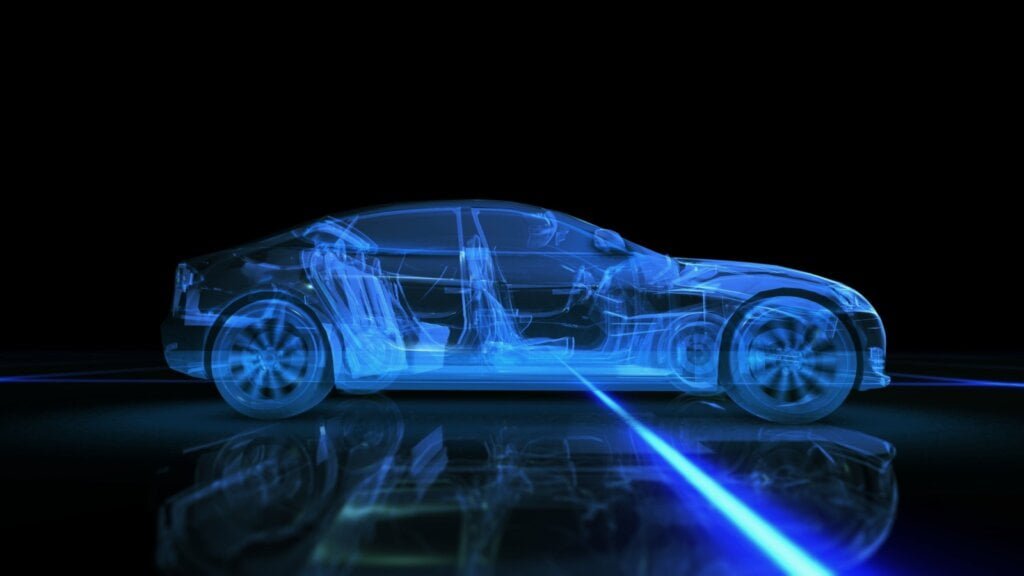
In the dynamic world of automobiles, some cars stand out for their remarkable longevity and enduring performance. These road warriors have earned a reputation for running seemingly forever, outpacing their counterparts. This article will explore 14 such vehicles and the reasons behind their legendary durability.
14 Cars With A Reputation For Running Forever And Why They Outperform The Rest
